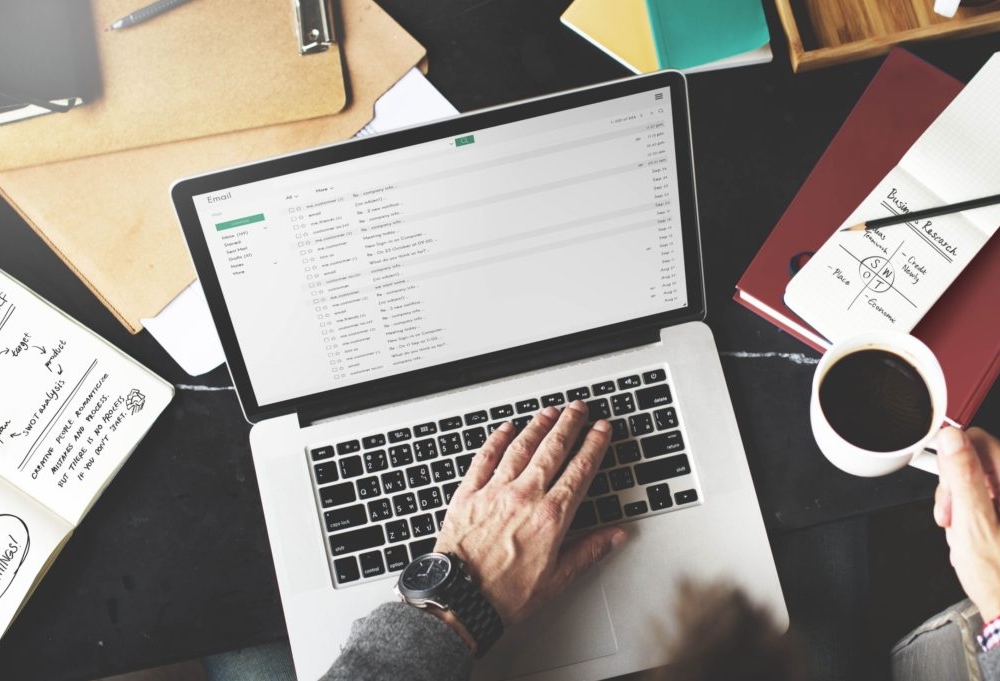Title
Heating Up Your Collections Messaging: Email Tips to Get Noticed & Paid Sooner
Blog Image [Deprecated, to be removed]

In a perfect world, when someone owes you money, they pay you. No questions asked, no hassles necessary — what’s owed is paid in full and on time.
Unfortunately, we all know that world doesn’t exist.
Despite the fact that the global economy is recovering ever-so-slowly from 2020’s COVID-related chaos, companies that continue to be pinched by financial difficulties are, predictably, doing whatever they can to conserve cash — including paying late or not at all.
In other words, the ongoing crisis has exacerbated a problem that had already existed for AR departments. Worse yet, the longer a B2B account sits delinquent, the less probability it will be fully collected.
So, what’s a business to do? It can be a struggle to nudge slow-paying customers without coming across as aggressive or rude. On the other hand, your company is beholden to cashflow just as any other and unpaid invoices should be viewed as a threat to your business.
Why Collections Messaging Matters
There is no shortage of tactics to help facilitate the collections process. However, success often comes down to one elemental factor — communication. A strong partnership with your customer’s AP department can make all the difference. Ensuring proactive communication should always include:
- Monthly review of outstanding invoices
- Discussion of disputed invoices
- Action plan to resolve disputed invoices
8 Email Tips
In addition to the three strategies mentioned above, below are eight simple tips to get the most bang for your buck when it comes to collections messaging:
- Be strategic. Emails are more effective when addressed to a specific individual rather than a list or group. Make sure you’re talking to a person capable of handling your request!
- Be specific. Clearly state the action you want the customer to take, excluding any irrelevant or potentially confusing information.
- Be professional. Place just as just emphasis on the look and feel of an email as you would spelling, grammar, tone, etc. If including logos, they should be clear and formatted correctly.
- Be proactive. Some customers use delaying tactics to stall for time (e.g., asking for invoice copies, payment history, etc.). Don’t give them the opportunity — anticipate potential questions/requests and provide all the necessary details upfront.
- Be timely. This means not only sending your emails at a time when you’re most likely to get a response, but also setting a timeframe for a response. Let them know the actions you “may have no choice but to make” if they do not respond.
- Be accessible. Make it easy for them to connect with you if they do have legitimate questions or concerns.
- Be tactful. Don’t be shy about escalating an issue if and when the time comes. Attach previous correspondence and documentation to support your decision.
- Be direct. What payment forms do you accept? Where should remittance go? To avoid questions such as these, tell your customers exactly where and how to send payment. This sounds basic, but can save so much time and confusion!
Want to learn more about these tips and optimizing collection correspondence? Watch this 20-minute on-demand webinar hosted by Esker’s Bri Maas, as she lays out just what AR leaders need to beat the winter blues and heat up their collections strategies!
Subscribe to new posts
